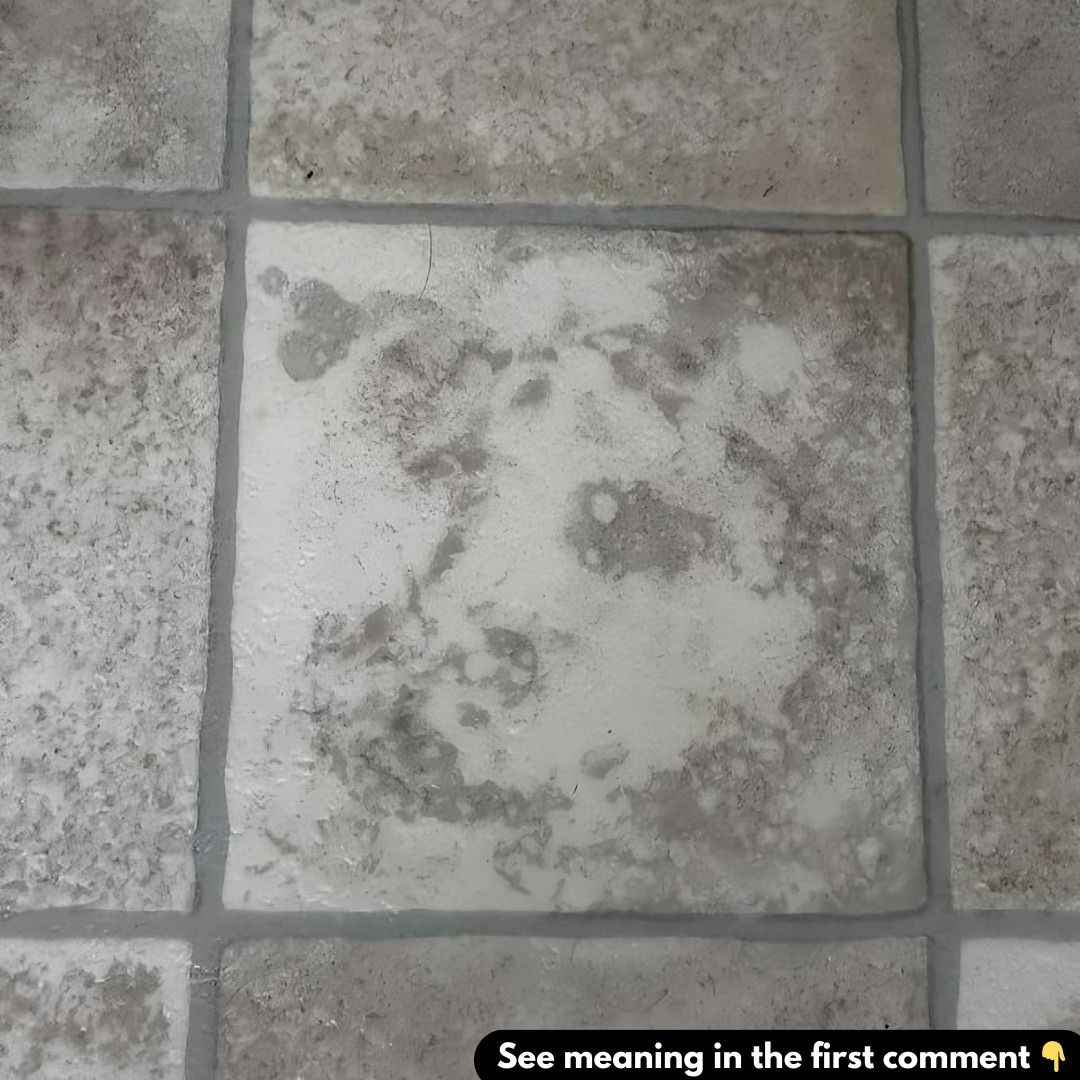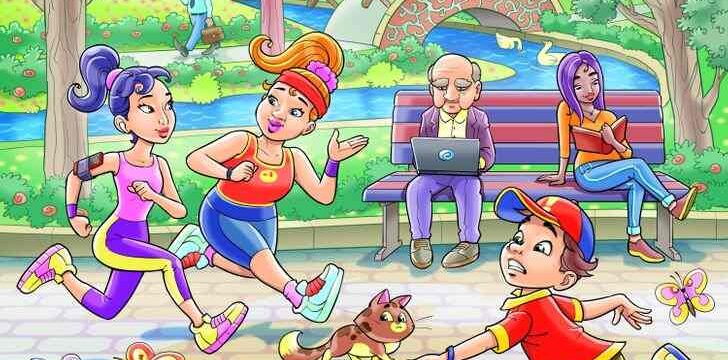
What is Pareidolia?
Pareidolia is a psychological phenomenon where our minds interpret random stimuli as familiar patterns, most commonly human faces. It’s that “Aha!” moment when you see a face in a rock formation or a figure in the clouds. But why does our brain do this?
The Science Behind Pareidolia
The Brain’s Pattern Recognition System
Our brains are hardwired for pattern recognition. This ability has evolutionary roots; it helped our ancestors quickly identify faces and other important signals in their environments. This innate tendency means we might see faces in inanimate objects more than we realize!
A Psychological Perspective
From a psychological standpoint, pareidolia is linked to our social nature. Humans are social creatures, and identifying faces helps us connect with others. So, when we see a face in a potato, it’s our brain’s way of seeking familiarity in the chaos.
Everyday Examples of Pareidolia
Nature’s Canvas: Clouds and Rocks
One of the most common places people spot pareidolia is in clouds. Look up, and you might find shapes resembling animals or faces. Similarly, rock formations can take on a life of their own, leading to fun interpretations and stories.
Food Faces: Toast and Pancakes
Have you ever toasted bread and noticed a face staring back at you? Food is a favorite canvas for pareidolia. Pancakes, fruits, and even pizzas can take on human-like appearances, making meals more entertaining!
Cultural Impact of Pareidolia
Artistic Inspirations
Artists have long been fascinated by pareidolia. Many pieces of art draw on this phenomenon, encouraging viewers to see different faces or forms within the artwork. It’s a creative way to engage with the audience, inviting personal interpretations.
Religious Significance
Throughout history, pareidolia has also played a role in religion. People have reported seeing faces of religious figures in everyday objects, which they often interpret as signs or messages.
The Fun Side of Pareidolia
A Game of Imagination
Why not make a game out of pareidolia? Challenge friends to spot faces in their surroundings. Whether it’s on a walk in the park or during a drive, you might be surprised by what you find together!
Sharing on Social Media
In today’s digital age, pareidolia has taken on a new life through social media. People love to share their finds, creating viral trends where others join in and share their own sightings. It’s a fun way to connect and share a laugh!
How to Train Your Pareidolia Skills
Look Closely
Next time you’re outdoors or even in your home, take a moment to really observe your surroundings. You might start spotting faces and figures where you least expect them!
Photography and Art
Get creative! Take photos of objects that resemble faces or create artwork inspired by pareidolia. This can lead to surprising discoveries and a newfound appreciation for the everyday.
Common Misconceptions About Pareidolia
It’s Not Just About Faces
While we often associate pareidolia with faces, it can extend to other shapes and patterns. You might see animals, symbols, or even entire scenes. Keep your eyes open!
It’s Not Just for the Imaginative
Pareidolia isn’t solely a trait of imaginative people; it’s a universal experience. Everyone has likely experienced it, whether they realize it or not.
Exploring Further: The Psychological Implications
The Role of Emotion in Perception
Our emotions can influence how we perceive pareidolia. For example, feeling lonely may lead you to see more faces in inanimate objects as your brain seeks comfort.
Understanding Anxiety and Fear
Interestingly, pareidolia can also be linked to anxiety. When stressed, you might see threatening faces in shadows or patterns, highlighting the complex interplay between our psyche and perception.
The Future of Pareidolia in Art and Culture
As we continue to explore the human experience, pareidolia will likely remain a fascinating topic in art, psychology, and culture. It invites creativity, humor, and personal connection—three things we could always use more of in our lives!





